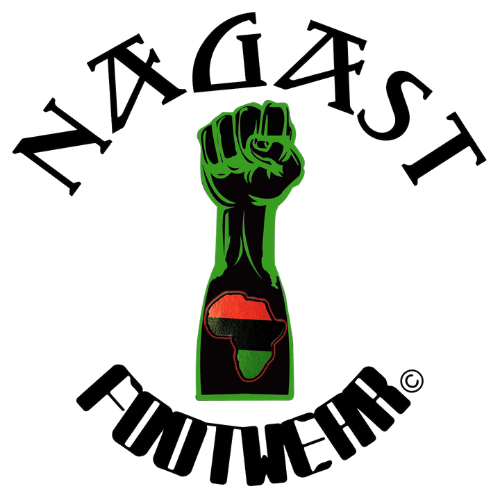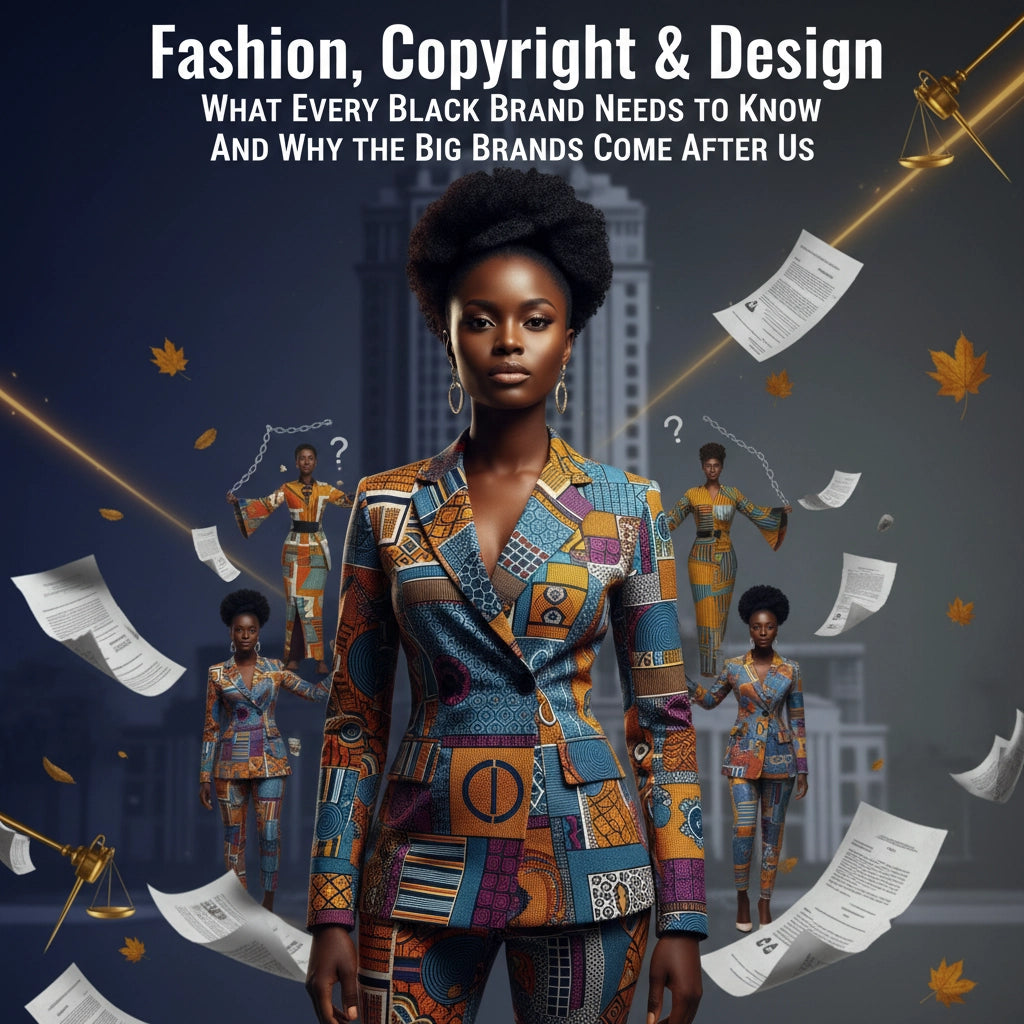
Fashion, Copyright & Design: What Every Black Brand Needs to Know (And Why the Big Brands Come After Us)
Share
Real talk: if you're building a Black-owned fashion brand, you need to understand the game that's being played against you. While big corporations are out here copying everything from our culture to our literal designs, they're also weaponizing the legal system to shut us down when we create something powerful.
Let's break down exactly how this works, why it happens, and what you can do to protect your vision.
The Fashion Copyright Game Is Rigged
Here's the cold truth: copyright law in fashion is basically designed to protect nobody except the biggest players. Most clothing designs can't even get copyright protection because the law says if something is "functional," it doesn't qualify.
Think about it: your dope sneaker silhouette? "Functional." That fire jacket cut you spent months perfecting? "Functional." The only things that get protected are artistic elements that could exist separately from the clothing itself, like graphic prints or embroidered artwork.
But here's where it gets wild: big brands use this loophole to steal from us constantly, while simultaneously using trademark law (which IS strong) to build walls around their own empires.
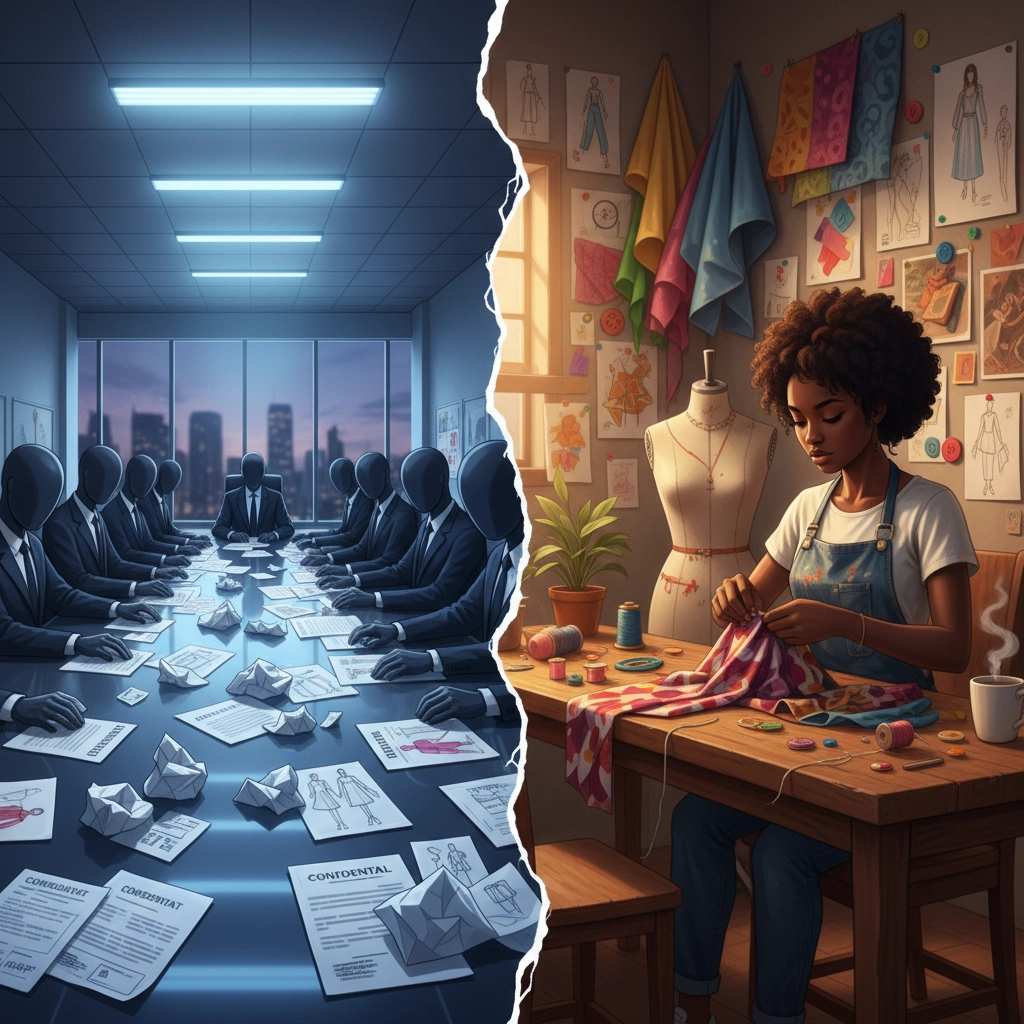
Forever 21's Playbook: How Fast Fashion Steals Dreams
Forever 21 didn't become a billion-dollar company by accident. They perfected the art of design theft, and Black creators were prime targets. Their strategy was simple:
- Scout social media for trending designs from small Black designers
- Mass produce copies within weeks
- Sell at 90% lower prices than the original
- Overwhelm the market before the original designer could scale
When designers tried to fight back, Forever 21 had armies of lawyers ready to argue that basic design elements couldn't be copyrighted. They were technically right under current law, which is exactly the problem.
The Vera Wang wedding dress conversation shows this perfectly. When big houses push to claim ownership over certain wedding dress silhouettes and aesthetics associated with designers like Wang, smaller designers (many of them Black) end up getting cease-and-desist letters for creating “similar” styles: styles that have lived in Black fashion and culture for decades.
The Microwave Strategy: Why Generic Names Matter
You know how there are a dozen different microwave brands, but they all basically do the same thing? That's because you can't patent the concept of "heating food with microwaves": you can only patent specific technical innovations.
Fashion works similarly, but big brands exploit this by:
- Patenting tiny technical details (like specific shoe sole patterns)
- Trademarking everything they can (colors, logos, even common words)
- Creating broad design families under their trademarks
Meanwhile, when Black brands try to use similar strategies, they get hit with lawsuits claiming we're "too close" to established designs: even when our designs came first or drew from our own cultural heritage.
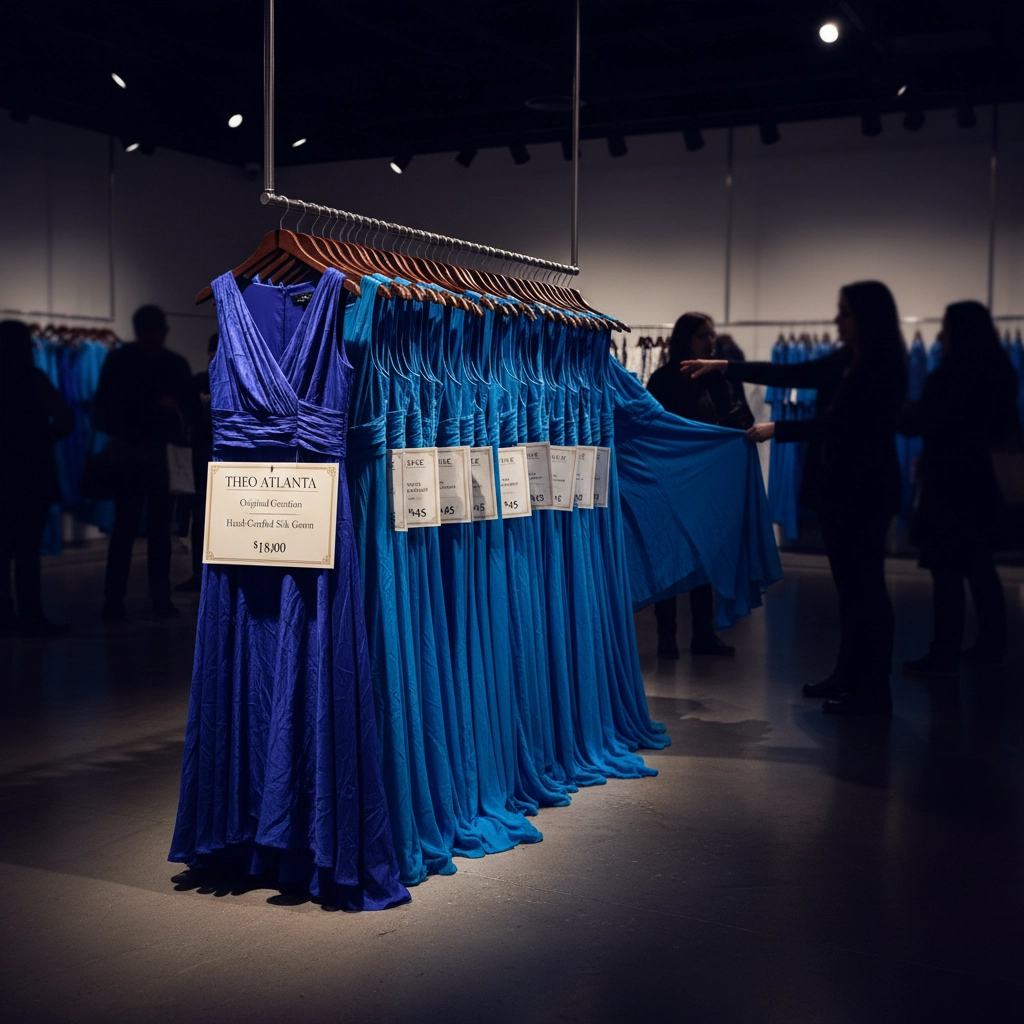
Nike vs. Black Brands: David vs. Goliath Stories
Nike has a long history of coming after smaller Black-owned sneaker companies. Here are some patterns we've seen:
The "Too Similar" Trap:
- Black brand creates unique design
- Nike claims it's too close to one of their thousands of registered designs
- Legal battle costs more than most small brands can afford
- Settlement or shutdown becomes the only option
The Culture Vulture Move:
- Nike "collaborates" with Black artists and designers
- Gains insight into community trends and innovations
- Later releases similar products without ongoing partnerships
- Uses legal muscle to prevent competition in that space
The Trademark Blitz:
- Nike files trademarks on cultural terms, colors, and design elements
- Black brands using these elements (even historically) face legal challenges
- Community loses access to its own cultural expressions
Case in point: Nike v. Kool Kiy (and others)
- In 2022, Nike sued streetwear designer Kool Kiy (By Kiy/Air Kiy), alleging trade dress and trademark infringement tied to the Air Jordan 1, Dunk, and Air Force 1 silhouettes.
- The claims centered on “likelihood of confusion” and Nike’s asserted trade dress rights, plus unfair competition—not copyright.
- Other Black creators have faced similar pressure and actions, including Omi (Reloaded) and several independent customizers, with outcomes ranging from settlements to forced product changes or shutdowns.
- Lesson for us: big brands lean on trademarks, trade dress, and sometimes design patents to police the “look” of a shoe. Avoid confusing marks, build your own distinct signatures, and document your timeline.
What Black Entrepreneurs Need to Know Right Now
1. Document Everything
Keep detailed records of your design process:
- Sketches with dates
- Photos of prototypes
- Social media posts showing your creative journey
- Production timelines
This documentation won't stop theft, but it helps establish your timeline if you need to fight back.
2. Trademark Strategy Over Copyright
Focus on building strong trademark protection:
- Register your brand name and logo immediately
- Create distinctive design signatures that can be trademarked
- Document your brand's unique story and cultural connections
3. Community Defense Networks
The most effective protection we have isn't legal: it's community:
- Build relationships with other Black designers
- Support social media watchdog accounts like Diet Prada
- Create viral accountability when theft happens
- Share information about problematic companies and practices

4. Strategic Business Moves
- Price your products appropriately: don't make it easy for fast fashion to undercut you
- Build direct relationships with your customers who value authenticity
- Create limited editions and exclusive drops that can't be mass-reproduced quickly
- Partner with established retailers who can provide some legal protection
The Nagast Footwear Perspective
As a Black-owned footwear brand, we've seen this game up close. We've watched big companies appropriate everything from our colorways to our cultural messaging, then turn around and threaten legal action when we create something innovative.
At Nagast Footwear, we're committed to:
- Protecting our community by sharing knowledge about these tactics
- Building authentic designs that celebrate our heritage without compromise
- Supporting other Black brands facing legal intimidation
- Educating our customers about why supporting Black-owned businesses matters
When you buy from us or any Black-owned fashion brand, you're not just getting a product: you're supporting a form of resistance against systems designed to extract value from our creativity while limiting our ability to build generational wealth.
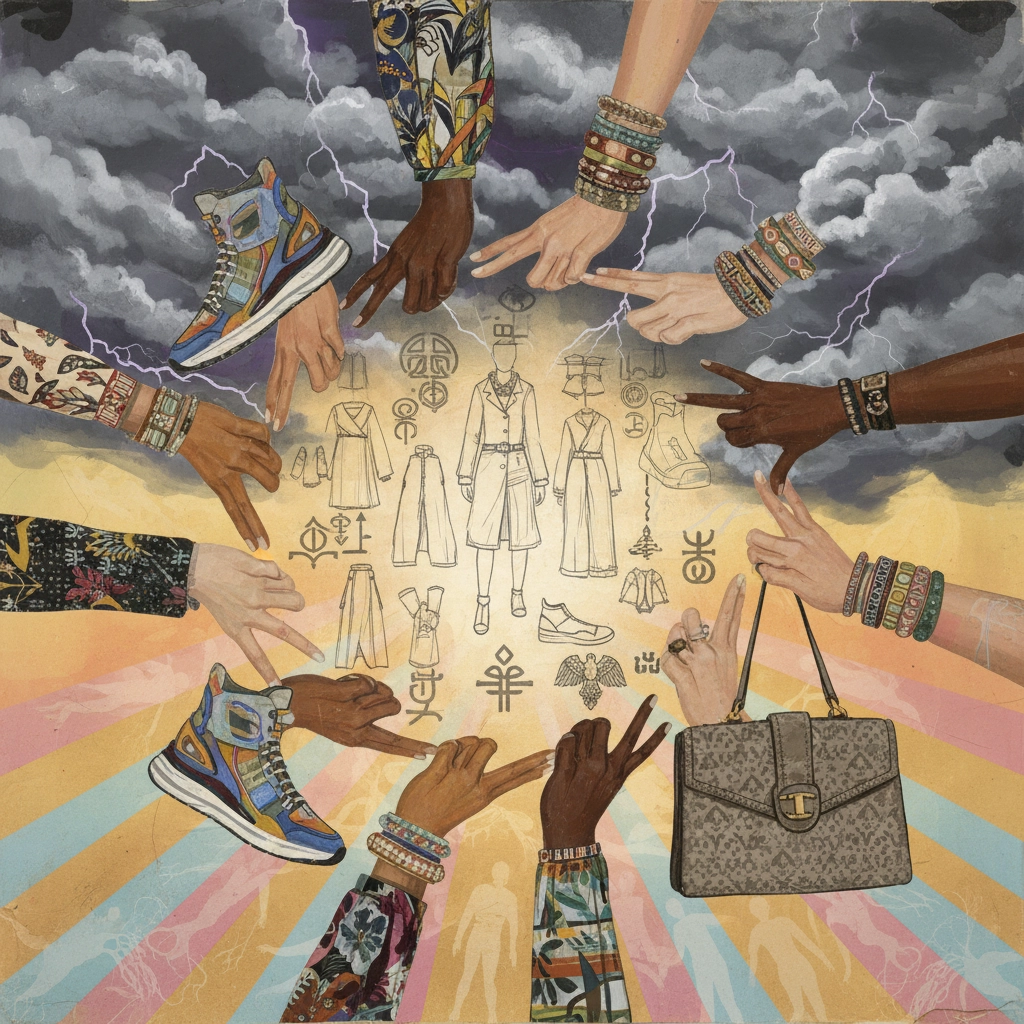
The Real Solution: Community Power
Legal reform would be great, but we can't wait for that. The most powerful tool we have is collective action:
For Consumers:
- Support Black brands even when knockoffs are cheaper
- Share and amplify when you see design theft happening
- Educate others about these issues in your networks
For Creators:
- Build community relationships with other Black designers
- Share knowledge about legal tactics and protection strategies
- Support each other's brands publicly and privately
For Everyone:
- Recognize cultural appropriation in fashion and call it out
- Understand the difference between inspiration and theft
- Use social media to create accountability for big brands
Know Your Worth, Protect Your Vision
The fashion industry's intellectual property system isn't broken: it's working exactly as designed to benefit established players at the expense of emerging Black creators. Understanding this isn't about getting discouraged; it's about getting strategic.
Every time you create something authentic, document it. Every time you see theft happening, speak up. Every time you have a choice between supporting a Black brand or feeding money to companies that exploit us, make the right choice.
At Nagast, we're building something bigger than just footwear: we're building a movement that refuses to let our creativity be extracted without recognition, respect, and compensation.
The game is rigged, but we're not playing by their rules anymore. We're creating our own.
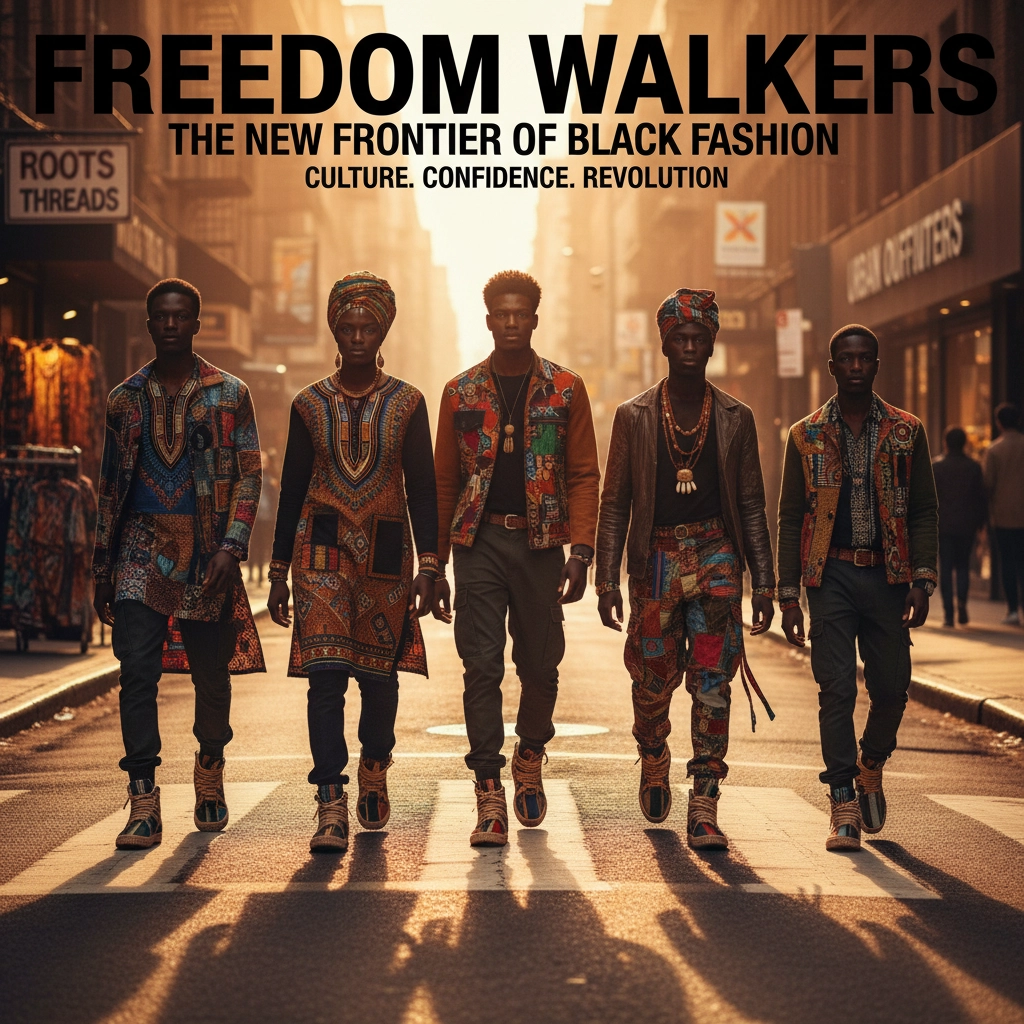
Key Takeaways:
- Fashion copyright law offers minimal protection, but trademark protection is stronger
- Big brands systematically target Black creators while using legal intimidation tactics
- Community defense networks and social media accountability are our most effective tools
- Strategic documentation, trademark registration, and community support are essential
- Supporting Black-owned brands isn't just commerce: it's resistance
The next time someone tries to tell you that "fashion is just business," remember: when they steal our designs, they're stealing our dreams. But when we support each other, we're building our future.
